Coronavirus Australia: What Melbourne’s return to lockdown means
Everything you need to know about the rules as Melburnians prepare for six weeks of hardened restrictions.
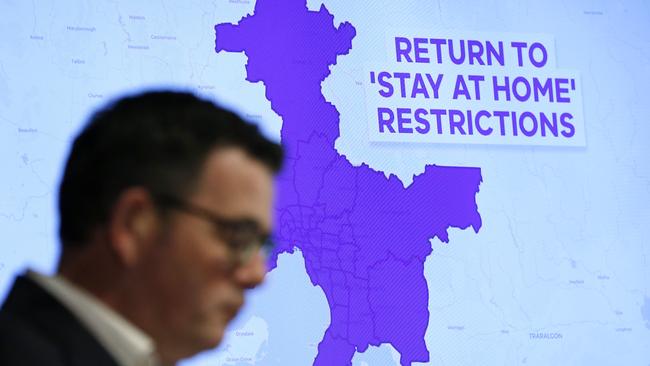
From midnight Wednesday, five million Melburnians will re-enter a stage three lockdown, following a massive spike in community transmission of coronavirus. The restrictions mean residents in metropolitan Melbourne and Mitchell Shire will only be allowed to leave their homes for essential reasons.
Here’s everything you need to know about the reinstated lockdown measures.
When does the lockdown start?
The six-week stay-at-home order begins from 11.59pm on Wednesday, July 8.
Who is impacted?
The lockdown applies to all of metropolitan Melbourne and Mitchell Shire (Broadford, Kilmore, Seymour, Tallarook, Pyalong and Wallan).
The 31 metropolitan LGAS affected are: Banyule, Bayside, Boroondara, Brimbank, Cardinia, Casey, Darebin, Frankston, Glen Eira, Greater Dandenong, Hobsons Bay, Hume, Kingston, Knox, Manningham, Maribyrnong, Maroondah, Melbourne, Melton, Monash, Moonee Valley, Moreland, Mornington Peninsula, Nillumbik, Port Phillip, Stonnington, Whitehorse, Whittlesea, Wyndham, Yarra, Yarra Ranges.
What can I do?
There are just four reasons people in the affected regions will be eligible to leave their homes:
• To shop for food, essential goods and services
• For care and compassionate reasons
• To exercise outdoors
• For work or study purposes, if this cannot be done from home
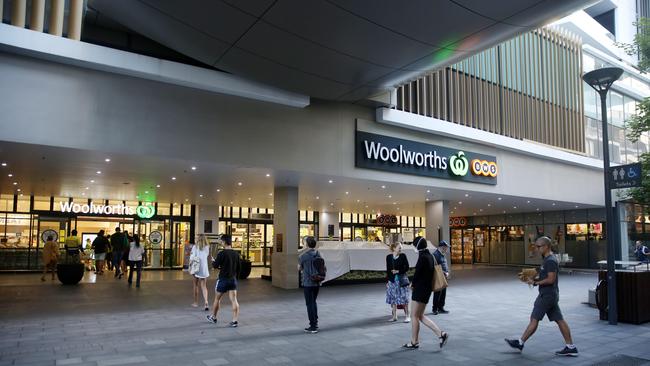
Will fines apply?
Yes, on-the-spot fines of up to $1652 for individuals and up to $9913 for businesses apply for breaches of the rules.
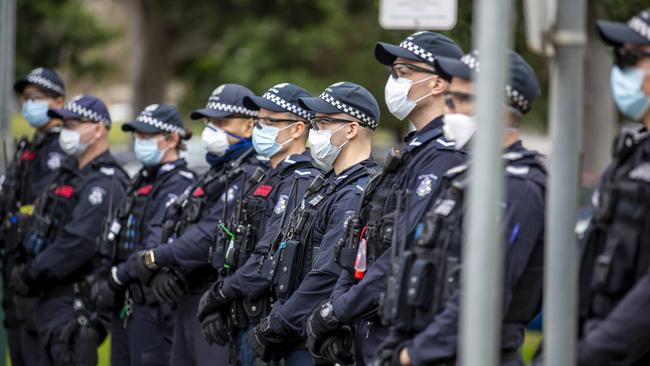
Family, friends and partners
If you live in metropolitan Melbourne or Mitchell Shire, you are not allowed to have any visitors in your home. Visiting relatives is only permitted if you are caring for someone.
Parents are permitted to take their children to childcare or to the houses of family or friends for care.
Intimate partners living separately can visit each other at home.
Education
School holidays for prep to Year 10 Victorian students have been extended for a week, ending on July 19.
VCE students, Year 10 students doing VCE subjects and specialist school students will return to school on July 13 for term three. All schools in regional Victoria, excluding Mitchell Shire, will also return to the classroom for term three.
While no official word has been given on remote learning, Daniel Andrews has said it’s likely that at-home learning will be reinstated after next week.
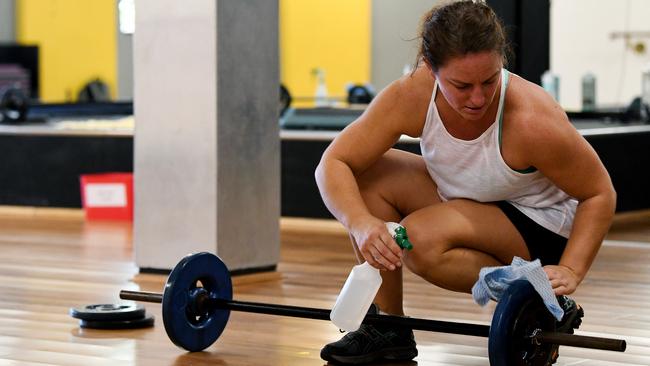
Exercise
Exercise is a permitted reason to leave your residence, but you cannot leave the lockdown zone.
Tennis, golf, surfing, boating and fishing is allowed subject to conditions.
You can exercise or train with members of your household or one other person who does not live with you. But no more than two people (or your household group) can gather in public.
People are permitted to visit the beach for exercise purposes only.
Community sport is off the cards for people living in the lockdown region. Pools and playgrounds in this area will be closed.
Hospitality
Food and drink businesses in restricted areas, including restaurants and cafes, are restricted to takeaway options.
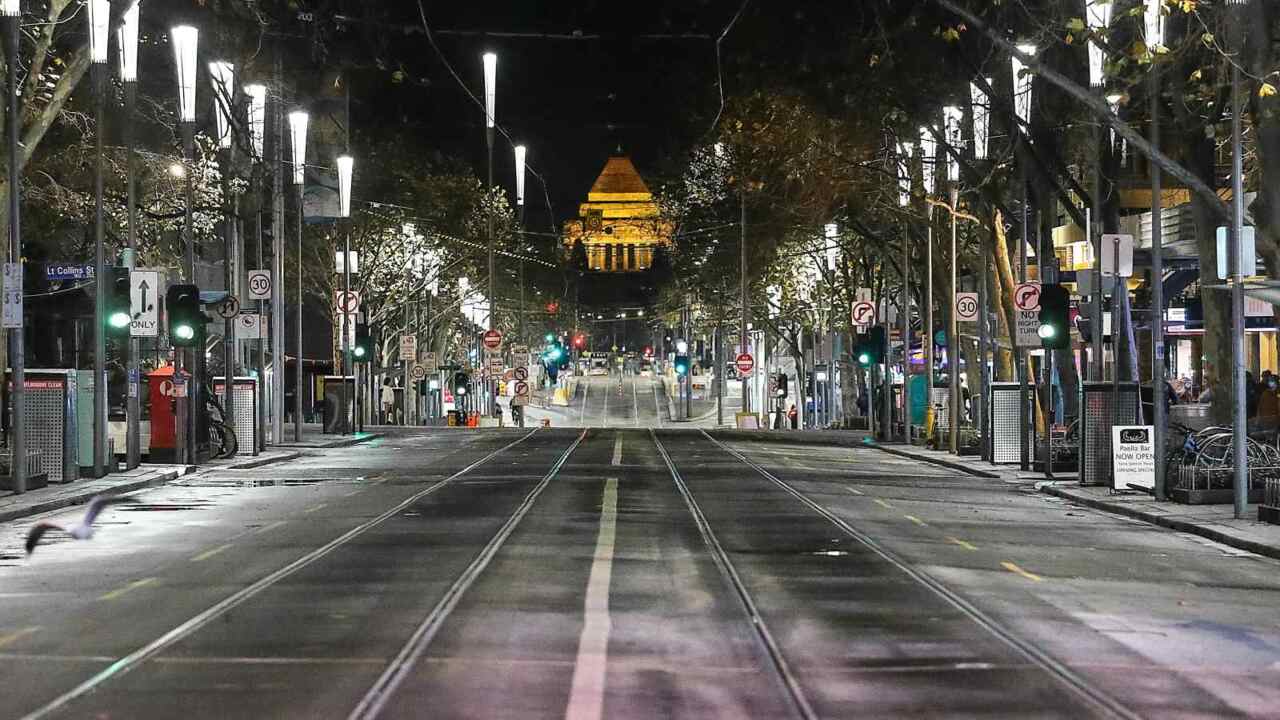
Shopping
Retail stores are permitted to stay open. Markets can only sell food and drink.
Beauty services
Hairdressers will stay open, but beauticians and personal care services will close.
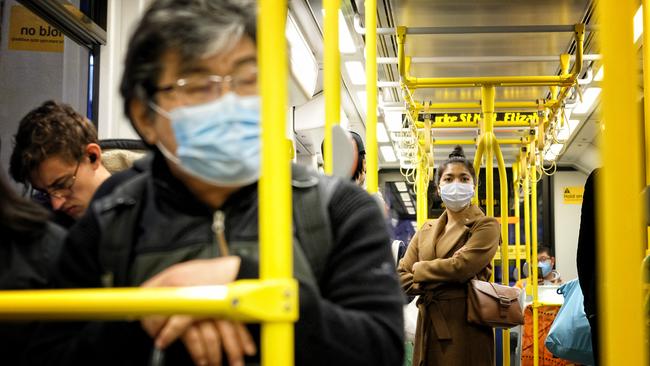
Public transport
For now, public transport will continue as normal, but this may be subject to future changes.
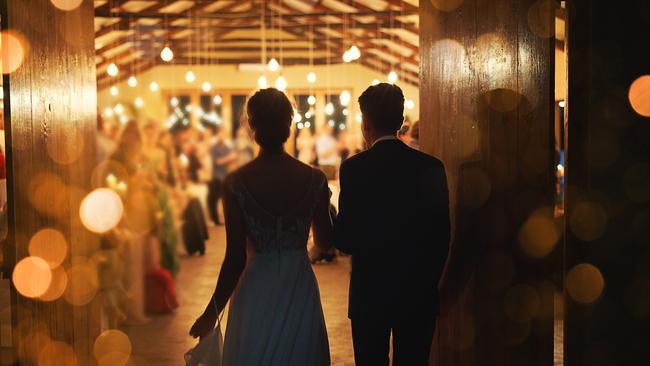
Weddings and funerals
Weddings and funerals are permitted reasons to leave home, but weddings are limited to five people and funerals 10 people.
Melbourne’s ring of containment
Travelling to regional Victoria is not permitted.
A booze-bus style operation will be established at checkpoints surrounding the lockdown area of metropolitan Melbourne and Mitchell Shire.
There will be no roadblocks, but Victoria Police and about Australian Defence Force personnel will be stationed along the “ring” surrounding the area.
Randomised but frequent checks will be conducted to question people’s reasons for travelling into regional Victoria, with a focus on main arterial roads.
Victoria-NSW border closure
As of midnight Tuesday, the border between NSW and Victoria was shut for the first time in a century.
No timeline has been confirmed, but the NSW Police Minister David Elliott has said the closure of the border will last for a “matter of weeks rather than days”.
NSW Police have warned people travelling across the border that there will be delays for the first two to three days.
Anyone wanting to travel from Victoria will need a border permit unless they are an emergency services worker, or travelling for legal or medical reasons. People living in border towns and those who need to travel the border for work and essential services will be eligible to apply for a permit to cross state lines.
Permits can be applied for via the Service NSW website.
Both adults and children are required to apply for a permit to travel from Victoria to NSW.
NSW residents are permitted to travel to Victoria, but will be required to self-isolate for two weeks when they returned.
Additionally, returning New South Wales residents who have travelled to Victoria within the last two weeks are required to self-isolate for 14 days when they return. This is stipulated in the Public Health (COVID-19 Border Control) Order 2020. The measures also apply to children going to boarding school, seasonal workers, people needing medical or hospital treatment and people in border communities.
Victorians will be banned from entering Northern Territory when its borders open to other states from next week.
From midnight on Wednesday, South Australia will implement a hard border closure with Victoria. Only essential workers will be allowed to enter the state. South Australian residents can return to their home state, but will be required to self-isolate for two weeks.
Western Australia, Queensland and Tasmania’s borders remain closed.

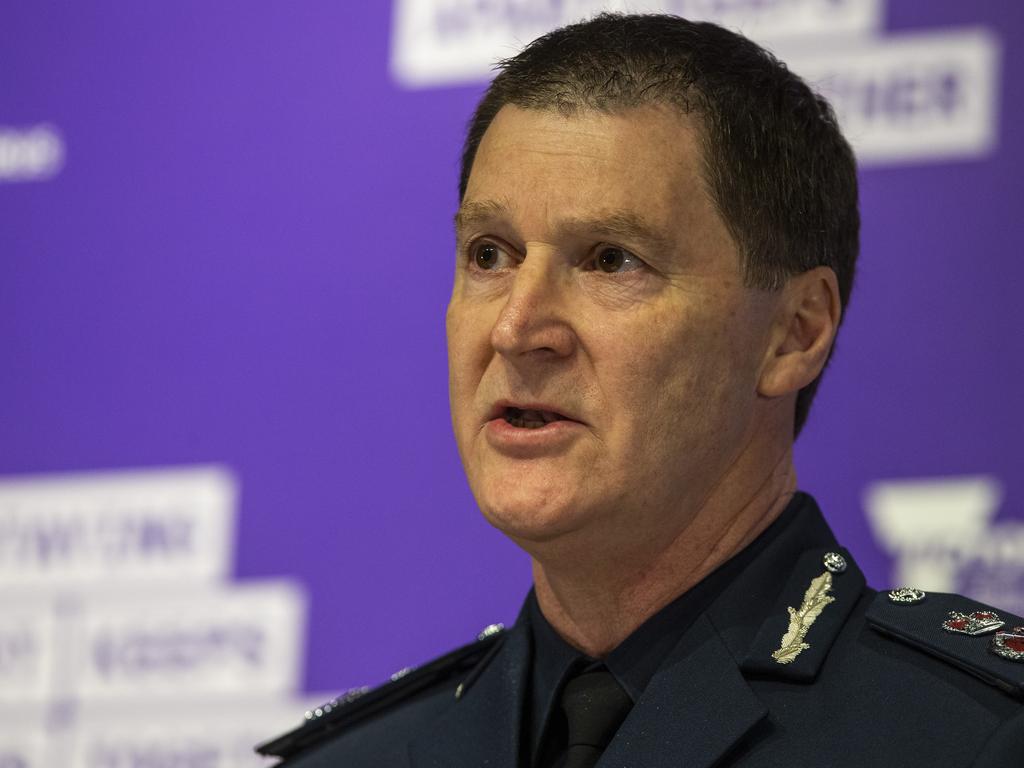
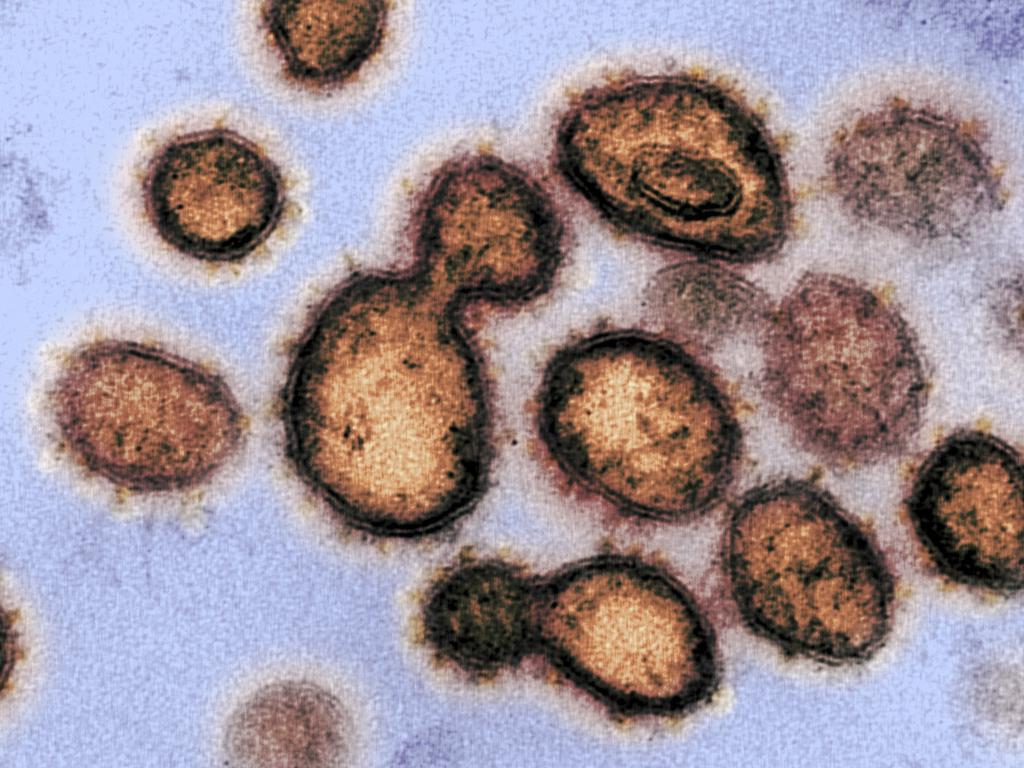

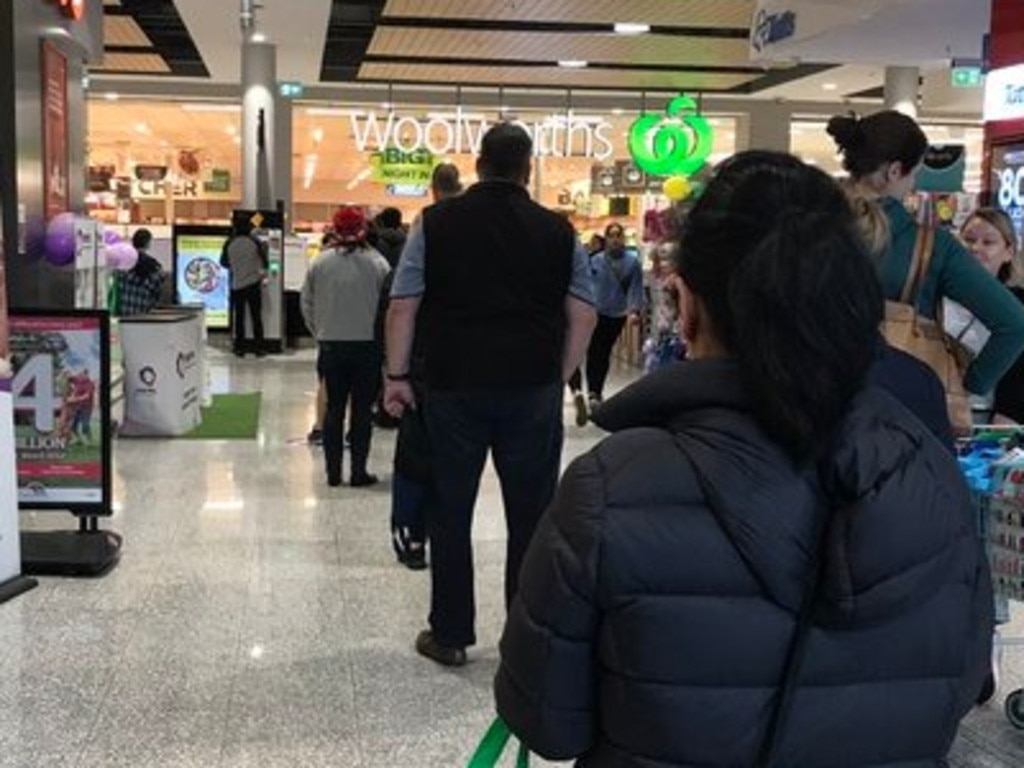
To join the conversation, please log in. Don't have an account? Register
Join the conversation, you are commenting as Logout